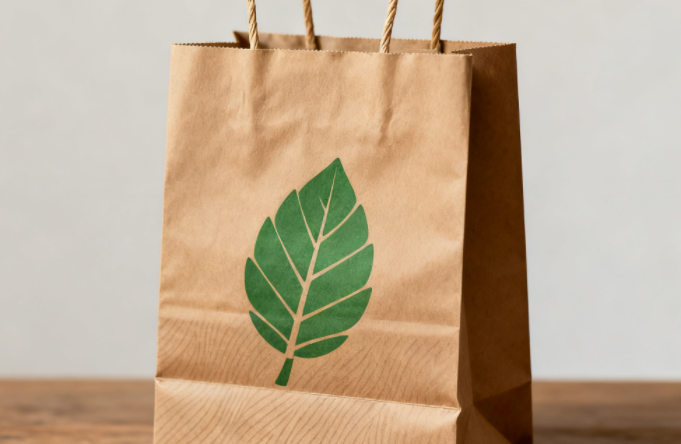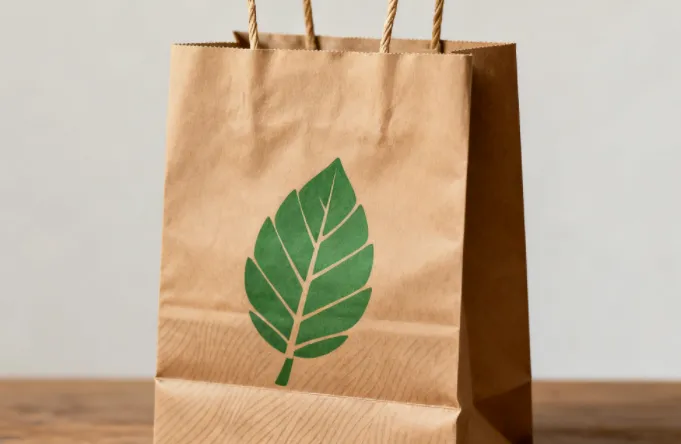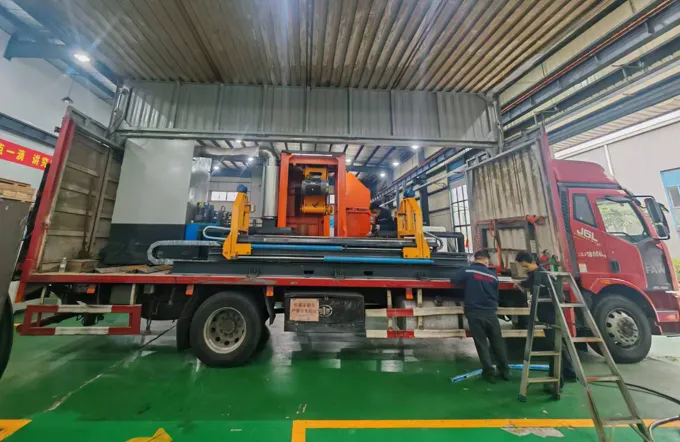Nov 01, 2025

Paper bags have evolved from simple utility carriers to powerful branding tools and eco-friendly alternatives to plastic packaging. Understanding the materials used in their production is essential for businesses and designers aiming to make informed decisions. This article explores the world of paper bags, with a special focus on the diverse range of papers suitable for their manufacture.
What are Paper Bags?
Paper bags are containers made entirely or primarily from paper materials, serving various purposes from shopping and gift packaging to specialized industrial applications. Their popularity has grown significantly with global initiatives to reduce plastic pollution, as they are generally biodegradable and recyclable. Paper bags come in multiple forms, including envelope-style bags, square-bottom bags, and valve-sack bags, each designed for specific uses and weight requirements.
Kraft paper, particularly known for its strength and durability, is one of the most common materials for paper bags. Its natural brown color (though bleached white versions are available) provides a rustic, eco-conscious aesthetic.
Characteristics: High toughness, tear resistance, and durability. Natural kraft paper has a distinctive brown color, while bleached kraft paper is white.
Best For: Grocery shopping bags, retail packaging, and heavy-duty transport bags.
Printing Considerations: Works best with simple, single or two-color designs due to its typically darker background.
White cardboard is a premium choice known for its stiffness and superior printing surface.
Characteristics: High stiffness, smooth surface, excellent printability, and a luxury feel.
Best For: High-end retail packaging, fashion boutiques, gift bags, and specialty stores.
Advantages: Provides a crisp, vibrant print quality, making it ideal for detailed logos and colorful designs.
Coated paper, often referred to as art paper or copperplate paper, features a smooth, polished surface that enhances print quality.
Characteristics: Very smooth surface, high whiteness, good gloss, and excellent ink absorption.
Best For: Promotional bags, event giveaways, and product packaging where high-quality graphics are essential.
Variants: Available in glossy and matte finishes, with matte offering a more sophisticated, non-reflective look.
White kraft paper combines the strength of traditional kraft paper with a lighter-colored printing surface.
Characteristics: High strength and durability like standard kraft paper, but with a white surface suitable for more colorful printing.
Best For: Eco-friendly packaging where a natural yet bright appearance is desired. Often used for clothing bags and upscale shopping bags.
Environmental Note: Often made from 100% pure wood pulp and is recyclable.
Black Cardboard
Black cardboard offers a premium, dramatic backdrop for designs. It is characterized by its deep black color and sturdy texture. Since it cannot be printed with colored inks effectively, it is often enhanced with techniques like foil stamping (gold, silver) for a luxurious effect.
Artistry Papers (Textured Papers)
These specialty papers, such as the Carvetian Suede series mentioned in one source, offer unique tactile experiences and visual appeal with textures mimicking materials like suede or felt. They are typically used for high-end luxury packaging to create a distinctive unboxing experience.
Recycled Paper
Made from repulped waste paper, recycled paper is a sustainable choice with a characteristic speckled appearance. While its strength might be lower compared to virgin paper, it aligns with strong environmental branding.
When selecting paper for bags, consider these factors:
Purpose and Contents: The weight and nature of the items the bag will carry determine the required strength and durability.
Printing Needs: Full-color graphics require papers with smooth, bright surfaces like white cardboard or coated paper, while simpler designs work well on kraft paper.
Brand Image: The paper choice should reflect your brand's personality—premium brands may opt for white cardboard or specialty papers, while eco-brands might choose kraft or recycled paper.
Budget: Costs vary significantly; kraft paper is generally economical, while specialty papers and white cardboard command higher prices.
Environmental Concerns: Consider the lifecycle of the material. Recycled papers, and papers from sustainably managed forests (with certifications like FSC or PEFC), offer stronger environmental credentials.
While paper bags are often marketed as an eco-friendly alternative, their environmental impact is nuanced. The production of virgin paper bags consumes significant resources and energy. However, their biodegradability and recyclability are clear advantages over plastic. Opting for bags made from recycled content or from sustainably sourced fibers, and ensuring they are reused or recycled, helps maximize their environmental benefit.
The humble paper bag is a versatile packaging solution whose properties are directly influenced by the paper material chosen. From the robust durability of kraft paper to the premium print quality of white cardboard and the high-end feel of specialty papers, each material offers distinct advantages. By understanding these characteristics, businesses can select the most appropriate paper to create functional, aesthetically pleasing, and environmentally conscious bags that effectively support their brand and operational needs.
Main Products
Social Media
Social Media
Contact Us
+86 0512 5510 8067
Room 3, No.2159, Beimen Road, Yushan Town, Kunshan City, Jiangsu Province, China
Inquiry
Inquiry
News Center

November 01, 2025
A Comprehensive Guide to Paper Bags: Materials and Applications

October 28, 2025